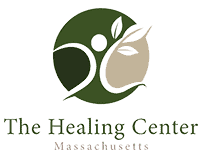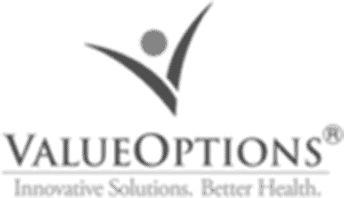Understanding how to create a relapse prevention plan, successfully, can help individuals who struggle with substance abuse achieve long-term recovery. Having this plan in place can help to ensure that someone can stay clean and sober so they can continue to build a happier, healthier life. Different things should be included in a relapse prevention plan, and having proper guidance in building the plan can help ensure it is effective.
What is a Relapse Prevention Plan?
Those learning how to create a relapse prevention plan often wonder what it is. This personalized strategy is designed to help people avoid returning to the use of drugs and alcohol after completing treatment. It is structured to help these individuals learn how to manage triggers and cravings, as well as maintain their recovery from substance use disorders even through the harder days.
Benefits of Having a Plan
There are several benefits to having a plan in place to prevent relapse. It helps to create increased self-awareness by helping to identify triggers and warning signs of potential relapse. Individuals who create a relapse prevention plan also improve their coping skills. These skills help with stress management, and managing cravings and negative emotions effectively. These plans also encourage healthy habits, self-care, and positive lifestyle changes. Building a strong support system can also benefit these individuals to maintain long-term recovery.
Things to Include
Several factors should be included when sitting to create a relapse prevention plan. The purpose of this plan is to help ensure a successful recovery. Including these and any other recommended strategies helps to ensure the plan’s success in the individual’s life.
Identifying Triggers
Triggers are one of the main contributing factors to a relapse. These can be situations, emotions, feelings, places, or people that “trigger” feelings within the person to use drugs or alcohol. Identifying what these triggers are, and implementing healthy coping skills can help ensure the individual doesn’t return to substance use to cope.
Self Care
Recovery from drug and alcohol addiction highly encourages self-care. Self-care is prioritizing things that promote physical, emotional, and psychological health and well-being. This can be exercise, healthy meals, proper sleep patterns, and social connections. It can also include relaxation techniques like yoga and meditation. Hobbies and professional support can also be included in self-care.
Goal Setting
When sitting down to create a relapse prevention plan, including short and long-term goals can help to ensure successful, long-term recovery. Having some goals in place that are realistic and attainable can give the individual something to work toward. The most important thing about goal setting is to ensure that they are realistic and attainable. These small goals will set the pace for achieving larger goals later on down the road.
How to Manage Cravings
Like triggers, cravings are major contributors to relapse. Learning how to manage cravings to use drugs and alcohol helps to maintain recovery. When they hit, having a plan in place on how to make it through them, clean and sober, can promote continued growth. It can also help the individual to gain strength in facing these cravings in the future.
Support Groups
When someone begins to create a relapse prevention plan, they should be vigilant in including support groups. Building a community of like-minded individuals who also wish to maintain long-term recovery is crucial. This support system can help on the days when cravings and triggers are overwhelming.
Lifestyle Changes
Healthy lifestyle changes help in addiction recovery. For so long, individuals who struggle with substance abuse have had unhealthy and detrimental lifestyles. When they get clean and sober, beginning on a healthier path is essential. This can include things like staying away from bars, friends, and even family who could potentially trigger someone to use substances.
Different Models
Some professional models can help someone create a relapse prevention plan. They each have their outline and purpose in helping individuals achieve long-term recovery. These models have proven to be effective in the lives of individuals recovering from drug and alcohol addiction.
Gorski-CENAPS Model
Terri Gorski, an internationally renowned professional in the substance abuse field, created the CENAPS, or Gorski, model relapse prevention plan. It includes self-regulation, which means implementing physical, psychological, and social stabilization. It also includes integration (completing a self-assessment) and understanding (self-education on signs of relapse and prevention techniques). Self-knowledge is a crucial component of this model this means identifying potential warning signs of relapse. Coping skills, change, awareness, support, and maintenance are the other parts of this model.
Marlatt’s Model
Dr. Gordon Alan Marlatt created this model, focusing on high-risk situations. This model illustrated how both stable and short-lived influences can interact with each other to evaluate the likelihood of relapse. The tonic, or stable, influences can represent susceptibility to relapse and the phasic, or short-lived, influences are factors that can either cause or prevent someone from relapsing.
Recovery is Life-Changing
Learning how to live life without using drugs and alcohol can be challenging. Between triggers and cravings, trying to maintain recovery can be difficult. However, a relapse prevention plan can help make the process easier. If you or a loved one are struggling, there is help available. At The Healing Center, we offer care for individuals to begin a life in recovery and work to help these individuals maintain their recovery long-term. Call us today to begin your journey.







